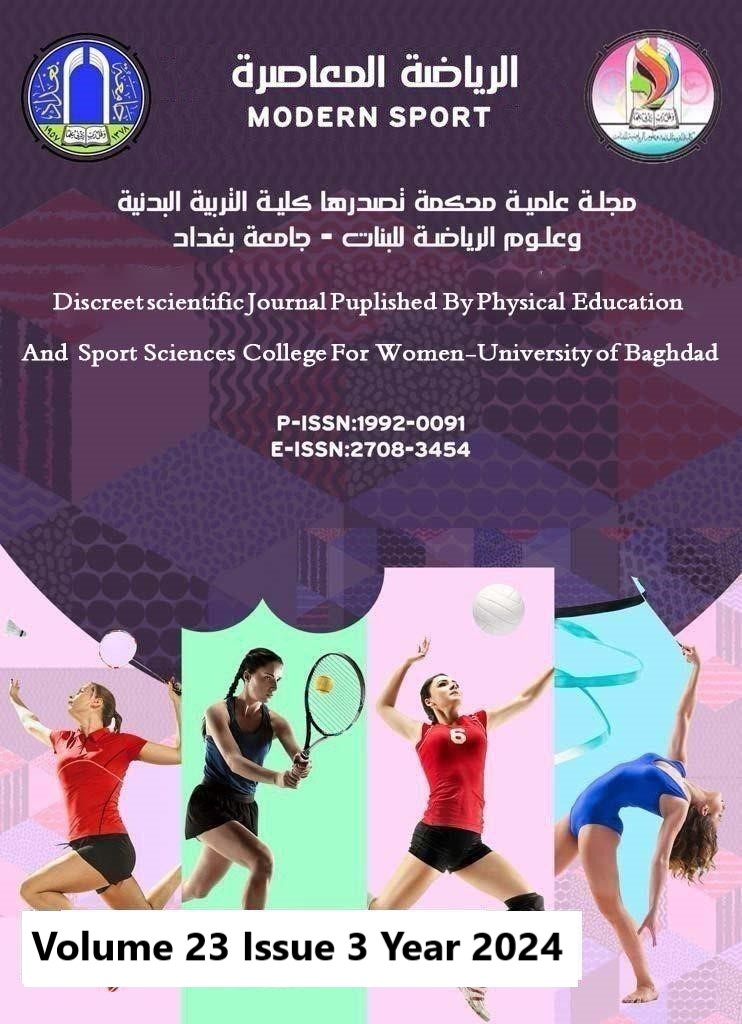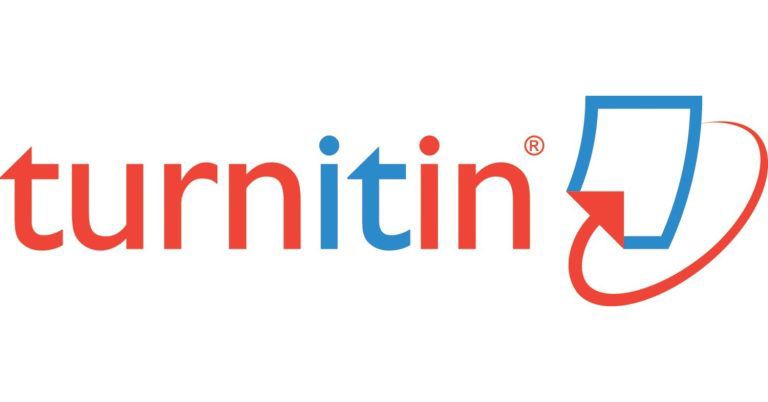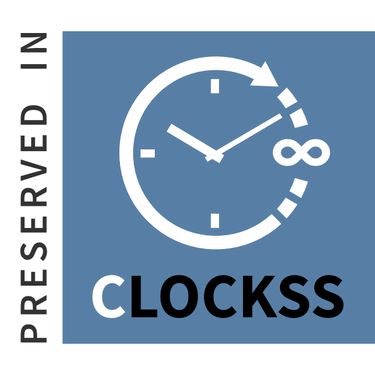The Impact of Exercises Using Different Resistances on Developing the Explosive Power of the Arms, Some Kinematic Aspects, and the Performance in the 50-Meter Freestyle Swimming Event
DOI:
https://doi.org/10.54702/w8jbzb86Keywords:
Exercises using different resistances, explosive arm power, kinematic aspects, 50-meter freestyle swimmingAbstract
This research aims to design exercises using different resistances for 50-meter freestyle swimmers and to investigate the impact of these exercises on arm explosive power, momentum transfer between body parts, motion fluidity, and the 50-meter freestyle swimming performance. The experimental method was adopted, involving both an experimental and a control group, with a sample of 11 swimmers deliberately selected using a comprehensive survey method (100%) from the Iraqi national junior swimming team, specializing in the 50-meter freestyle, and actively training for the 2023-2024 season. The participants, aged 15-17 years, were then divided into experimental and control groups. After determining the tests for the dependent variables, training programs were designed to target the main phase of the 50-meter freestyle swimmers' training unit, focusing on out-of-water exercises over a six-week period with five training sessions per week. A variety of training styles were employed, including plyometric and ballistic methods, utilizing high-intensity interval and repetitive training approaches. Various resistances, such as resistance bands, wooden boxes, medicine balls, dumbbells, and barbells, were used. The movements aimed to simulate the arm strokes in the 50-meter freestyle by focusing on eccentric muscle contractions. After the trial, the results were analyzed using the SPSS software. The conclusions and recommendations highlight that exercises using different resistances are suitable for the Iraqi national junior swimming team and contribute to the development of arm explosive power, improve the kinematic aspects of momentum transfer between body parts, enhance motion fluidity, and reduce the 50-meter freestyle completion time. It is crucial to apply the principle of variation in modern sports training to suit the specific needs of athletes, taking into account individual differences by optimally combining resistance training and methods for improving muscle elasticity, which plays a positive role in enhancing the physical performance and achievement of arm movements for 50-meter freestyle swimmers. and this achieves one of the sustainable development goals of the United Nations in Iraq which is (Good Health).
References
Barquq, Abdul Qadir (2014). Actology. Qasidi Merbah University. Ouargla.
Salman, Maad and others (2010). Introduction to sports training theories. Baghdad. Riyadh office.
Sayed, Ahmed Nasr El-Din (2019). Principles of exercise physiology. Edition (3). Cairo. Modern Book Center for Publishing.
Toulan, Siddiq Muhammad et al. (2012). Scientific foundations of sports exercises and performances: Alexandria. Dar Al-Wafa for the World of Printing and Publishing.
Orabi, Samira Muhammad Ahmed, and Amira, Ghadeer Muhammad (2015). Patterns of rhythmic resistance training on bone density. And some physiological and physical variables in women between 40-50 years old in Jordan: the Fourth International Scientific Forum. The culture of sports and health practice in society on 15-16.
Ashmawi, Mohamed El -Sayed (2003). The effect of some special exercises on the level of physical and skillful performance of the medium musk movement and raising the curvature of the wrestlers. Master Thesis. Zagazig University. College of Physical Education for Boys.
Al -Fadhli,Sareeh Abdul Karim, Alwan, Wehbe, (2010). Specific analysis in motor analysis series 2. Baghdad.
Muhammad, Ahmed Fadel, Al -Shumaa, Haider Faeq (2021). The effect of functional strength exercises using relative weights in some special physical capabilities and achievement of the effectiveness of (400) meters for men. Physical Education Magazine. Volume (33) No. (4).
https://jcope.uobaghdad.edu.iq/index.php/jcope/article/view/1207/1037
Mansour, Samer et al., (2012). Muscle stretching and strength from the biomechanical side. Sports library publications. Baghdad.
Baker, D., Nance, S., & Moore, M. (2001). The load that maximizes the average mechanical power output during jump squats in power-trained athletes. Journal of Strength and Conditioning Research, 15(1), 92-97.
Goldberger, M, & Gerney. (2013). the effects of direct teaching styles on motor skill acquisition of fifth grade children. Regearch Quarterly for Exercise and sport. USA.
Guyton,A.C.(2010). Textbook of Medical Physiology.9th ed.Philadelphia: W.B.Saunders.
Isabel walker. (2014) Why visual training programmers for sport don't work : Sports Seines, Mar.
Kochanwicz, K., Boraczyriska, L and Boraczynski, T, (2009). Quantitative and Qualitative Evaluation of Motor Coordination Abilities in Gymnast Girls Aged 7–9 Years, (Electronic Version), Baltic Journal of Health and Physical Activity, volume 1, issue 1.
Downloads
Published
Issue
Section
License
Copyright (c) 2024 Modern Sport

This work is licensed under a Creative Commons Attribution 4.0 International License.















